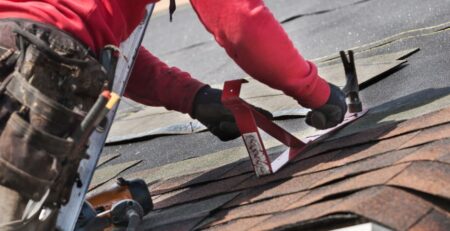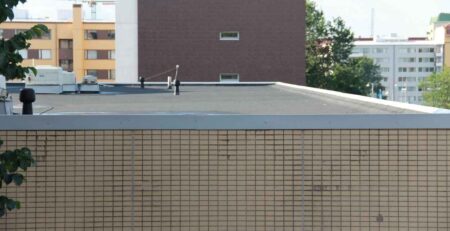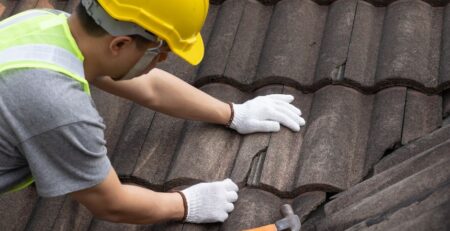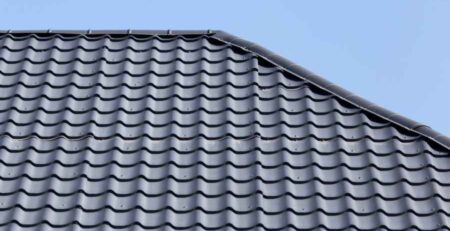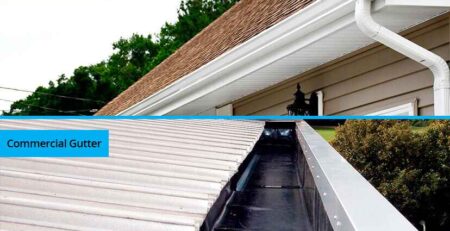Anatomy Of a Roof
As for the anatomy of a roof, it is a complex system comprising various components that must work together seamlessly. Each part is crucial, from the pitch determining water drainage to critical flashing details ensuring waterproofing. Choosing the right exterior materials, such as metal shingles or clay tiles, impacts durability and provides insulation for the building. Structural support, including proper truss design and beam strengthening, is essential for distributing weight effectively and ensuring the roof’s stability over time. Engaging the expertise of a professional roofing contractor is paramount during installation to ensure precise alignment and adherence to industry standards. At the same time, regular maintenance is key to preventing leaks and maintaining efficiency. Delving deeper into the intricacies of a well-designed roof reveals its balanced combination of form and function, emphasizing both aesthetic appeal and structural integrity.
Roof Components Overview
When exploring a roof’s anatomy, we must first investigate the various components that make up its structure. The roof slope determines water drainage efficiency and impacts the overall design. Properly designed roof slopes guarantee water doesn’t pool, preventing potential leaks and structural damage. Flashing details play a pivotal role in waterproofing the roof.
Typically made of metal, flashing is installed around roof protrusions like chimneys, vents, and skylights to prevent water infiltration at these vulnerable points. Precision in flashing installation is essential to maintain the roof’s integrity and longevity. Understanding these components is crucial for a robust and durable roofing system.
Exterior Roofing Materials
Exploring the exterior roofing materials, we analyze the elements crucial for enhancing the roof’s durability and weather resistance. When considering options for roofing materials, two popular choices are metal shingles and clay tiles. Here’s why they are commonly used:
- Metal Shingles:
- Lightweight yet durable, providing excellent longevity.
- Resistant to fire, mildew, rot, and insects.
- Available in various styles and colors, offering versatility in design.
- Clay Tiles:
- Known for their aesthetic appeal and traditional look.
- Excellent durability and longevity, lasting for decades.
- It provides natural insulation, helping regulate indoor temperatures effectively.
Structural Roof Support
In roofing construction, structural roof support plays a critical role in ensuring the stability and integrity of the entire roofing system. Roof truss design is essential for evenly and efficiently distributing the roof weight. It involves careful planning to determine the trusses’ size, spacing, and material to support the roof’s load effectively. Beam reinforcement is pivotal in enhancing the load capacity of the roof structure.
Strengthening beams with additional materials or techniques, such as steel plates or braces, can help the roof withstand heavier loads and external forces. Proper beam reinforcement is essential for preventing structural failure and ensuring the long-term durability of the roofing system.
Roofing System Installation
The installation process of a roofing system involves meticulous planning, precise execution, and compliance with industry standards to guarantee a durable and watertight structure. When installing a roofing system, it is important to take into account the following:
- Installation Techniques
- Properly align and secure roofing materials to prevent leaks.
- Use correct fastening methods to make sure the roof can withstand harsh weather conditions.
- Implement flashing around roof penetrations to maintain waterproofing integrity.
- Maintenance Tips
- Regularly inspect the roof for any signs of damage or wear.
- Keep gutters clean to prevent water buildup and potential leaks.
- Trim overhanging branches to avoid damage from falling debris.


